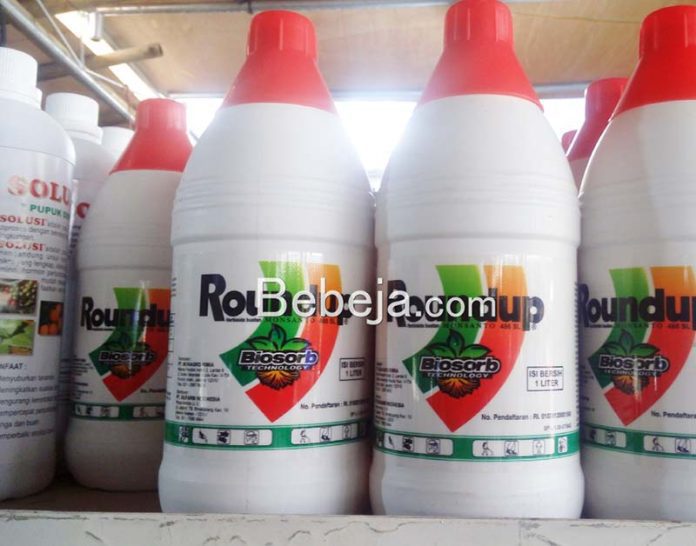Herbicides can be effective in controlling weeds, but due to the variety of weeds that exist, a combination of herbicide types may be necessary. There are two types of herbicides: contact herbicides and systemic herbicides.
Contact herbicides only kill the part of the plant that is exposed to the solution, allowing other parts of the plant, such as roots, to continue growing. Systemic herbicides are translocated throughout the plant body to kill weeds completely. In contrast, herbicides like Dalapon (glyphosate) kill alang-alang plants through protein denaturation mechanisms.
Some herbicides inhibit photosynthesis (made from triazine), while others inhibit growth, such as phenoxy compounds, or germination, such as CIPC (isopropyl-N-carbamate) compounds.
Herbicides are often more effective on broadleaf weeds than on grass weeds and may require a combination with mechanical means. It is also crucial to be aware of the active ingredients in the herbicide being used. To prevent weed resistance and minimize the negative impact on the environment, it is important to target the use of herbicides and choose those with low persistence.
Persistence refers to the biological activity of herbicides in the soil, including absorption, volatilization, leaching, and biological and non-biological degradation. Low-persistence herbicides result in lower absorption by the main plant, making the production safer for consumption.
In 2005, Sobar Darana conducted research on natural herbicides, as published in the Journal of Tea and Quinine Research in 2006, volume 9. The study found that allelopathic compounds present in kirinyuh leaves (Chromolaena odorata) and saliara leaves (Lantana camara) can effectively inhibit weed growth in tea plantations. Specifically, extracts containing a 20% concentration of kirinyuh leaves and above 10% concentration of saliara leaves were found to be more effective than chemical herbicides.
